DANDEMONIUM – Robin Dutt reveals all about his brilliant new book
Robin Dutt, author, journalist, bon viveur and expert on all things Savile Row, introduces us to his new book – DANDEMONIUM – and why the person of the Dandy should always be considered and remembered, and, indeed celebrated
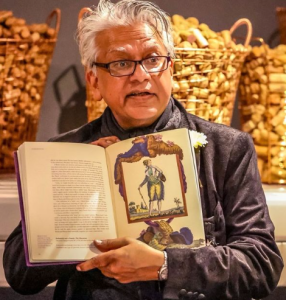
First, Robin, tell us about the concept of the book
DANDEMONIUM has been a project of some 16 (plus) years in the making – including interviews, research, travel, attending talks and symposiums and much besides. The actual writing was in this way, mapped out by rich experience. The main reason for writing the book is to address the erroneous concept of a Dandy being only a clothes-wearing man and instead, a figure who considers philosophy and history as important as a neat cravat or a pristine pair of gloves. Also, the rich trove of writing on the subject from Barbey d’Aurevilly to Ellen Moers, Oscar Wilde to Sebastian Horsley, Captain Jesse to Marc Bolan was impossible to ignore. I feasted daily on the universe of words written by others who were magnetised by the concept of what it was and is like to be a Dandy and what makes him so.
One is so lucky that even in these times of speedy clothes and quickly-won, quick-fix solutions to fashion, we still have genius craftsmen and women who understand the language of cloth and how important it is for the contemporary psyche of the man who wants his clothes to be allies in the wardrobe – not fly by night fashion friends – or is that, fiends?!? Dandyism and Fashion are not the same. Sartorial elegance is Dandyism’s distillation – in the main – when created with thought and knowledge. When Fashion is so voluble – not valuable, Savile Row reminds, for example of the visual intensity of a symphony to wear. The tailors of Rome and New York would surely agree…
Tell us more about the history of the Dandy and what it took to get into your book
Of course, it was the King of the Dandies, Beau Brummell who set the standard in the 18th century for a look that was, as T.S. Eliot has it…‘Rich and Modest’ at the same time. It is a triumph of tailoring if the man wearing a wonderful suit blends his being with the threads so that both elements are virtually indistinguishable. Inevitably, there were characters I met along the way – those tumbledown Palace ex-flunkies (a little like Backstairs Billy) who were well past their ‘sell by date’ and yet exuded an olde worlde Dandy charm. One gentlemen – camp as you like – springs to mind immediately, a towering six foot five (or so it seemed) private view guest in all the best Mayfair galleries, who had a ready smile and despite a shaky hand, always held the champagne glass with the determination of a Hussar with a sword! He always wore some kind of brooch or pin in his woven ties and once gave me a motif in the shape of a clump of glittering wheat. He had another anyway!
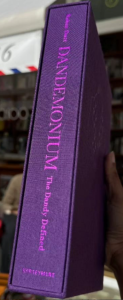 Quentin Crisp – so crumpled and distressed in second hand (nay, charity shop) velvets and dusty Fedora inspired wildly as we sat in the Chelsea Arts Club garden one summer with my guest, Lloyd Cole (of The Commotions fame) regaling with tales. Ram Gopal, photographed by Cecil Beaton by the sea in a sculptural Indian dance pose was unforgettable, for although he usually wore brightly coloured ethnic tunics in vibrant red or pink, with a fabric neck purse (full of fifty pound notes!) he exuded mischief and charm – typical of the most select Dandy.
Quentin Crisp – so crumpled and distressed in second hand (nay, charity shop) velvets and dusty Fedora inspired wildly as we sat in the Chelsea Arts Club garden one summer with my guest, Lloyd Cole (of The Commotions fame) regaling with tales. Ram Gopal, photographed by Cecil Beaton by the sea in a sculptural Indian dance pose was unforgettable, for although he usually wore brightly coloured ethnic tunics in vibrant red or pink, with a fabric neck purse (full of fifty pound notes!) he exuded mischief and charm – typical of the most select Dandy.
And then…what of Conroy Maddox, England’s last Surrealist who never wavered from his ‘Colonel-style’ coats and pipe? yes, there was the archetypical tash too – stained with tobacco and Brandy! As a result of meeting so very many unusual and remarkable characters, I was duty bound to weave in the actuality of my having interviewed some of these into the text of DANDEMONIUM and as ‘end chapters’ the reader will find the likes of, Andy Warhol, Hardy Amies, Bunny Roger, AA Gill, Robert Fraser, Scott Crolla and David Sylvian spanning disciplines from couture to art, restaurant criticism to rock music. But everyone I have ever interviewed, although they may not be so stridently mentioned, have had a dynamic effect on my understanding of the concept of Dandyism – Jean Paul Gaultier, Karl Lagerfeld, Vivienne Westwood, Tommy Roberts, John Pearse, Nicola Trussardi, Romeo Gigli, Elio Fiorucci, Jean Muir…There are more stars here than in the skies…Having met so many potential candidates for inclusion I was also compelled to write the whole first chapter with the title…’Who’s Not a Dandy’! Just to set the record straight! Fops, Pretty Gentlemen, Beaux, Macoronis and Incroyables, Dandies do not make!
Finally, Robin chooses his Four Top Dandies (though NOT in any particular order!)
BEAU BRUMMELL
Since the concept of Dandyism, whether historically or now, revolves around his very personage, it is impossible not to acknowledge his huge contribution to sartorial brilliance. It was he who codified the law when it came to the mystery of simplicity surrounding correct menswear. Even contemporary eyes can regard engravings, drawings and the like of England’s export to the world of male chic and see that he was more than on to something! Restraint, appropriateness, a sense of occasion and most importantly, to write your autobiography in the air which is as personal to you as your favourite lapel flower or boot maker.
PRINCE
Glam beyond belief, it is clear that Prince understood the vitality and force of clothes. Whether stripped back to basics or full-on rock chic in purple frock coat and shirt with attendant jabot, I appreciate Prince for his understanding of historical ‘givens’ which when whipped up into shiny cloth and shine, still reminds that it is the ‘cut’ that is all. In my book I examine the most important elements for me about any fine tailoring…CUT, COLOUR, CLOTH – Sartoria’s 3 ‘Rs’. Prince wore suits very well and almost always highly coloured – red, peach, of course, purple and naturally, had the diminutive figure so to do but whether in Versace or not, he understood the vital business of the conveyance of a thought, a feeling, an intent. I once saw him at a nightclub in London in the protective glass cube of a celebrity box. Unforgettable…I had the occasion to wear a newly bought pink-peach, embossed cotton Spenser from Yves Saint Laurent one time and people screamed at me on the Leicester Square escalator…‘Prince!!!’There was a resemblance. WAS!!!
HARDY AMIES
There are few who understood the ‘purpose’ of a suit more than Sir Hardy Amies. He totally felt that clothes should be ‘peaceful and quiet’ – i.e. garments which literally won’t scare the horses(!). And whilst expression might be sought in rich, vivid but tasteful ties or cheeky socks, the body of the suit had to be charmingly, achingly anonymous. I purchased from him once, a Ghillie collared evening coat which is so perfect as to make perfection blush! On another occasion, I persuaded myself to part with £!”) for an old ‘pig’ I believe (i.e. un uncollected item) which had cost thousands, in moss green mohair. His little menswear book – an almanac of style for the gentleman published in the 1960s is (or should be) required reading by all those professing to chic today. There is cheek and chic!
MARC BOLAN
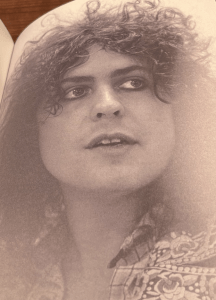
Marc Bolan, founder and frontman of the seminal glam rock group T. Rex wore sequins and spangles, lurex and cheesecloth and fitted in perfectly with the post-hippy feel in menswear. But his penchant for a good (nay, great) tailored blazer (to partner with leopard print or Denim) marks him out as a sartorial consumer and one who understood the concept of the Dandy. His last album before his untimely death was entitled, ‘Dandy in the Underworld.’ The first line runs...’Prince of Players – Pawn of None.’ Now, if that sentiment is not the sentiment of a Dandy’s egotistical stance…What is?!?
To order your copy of DANDEMONIUM click HERE
Robin Dutt, author, journalist, bon viveur and



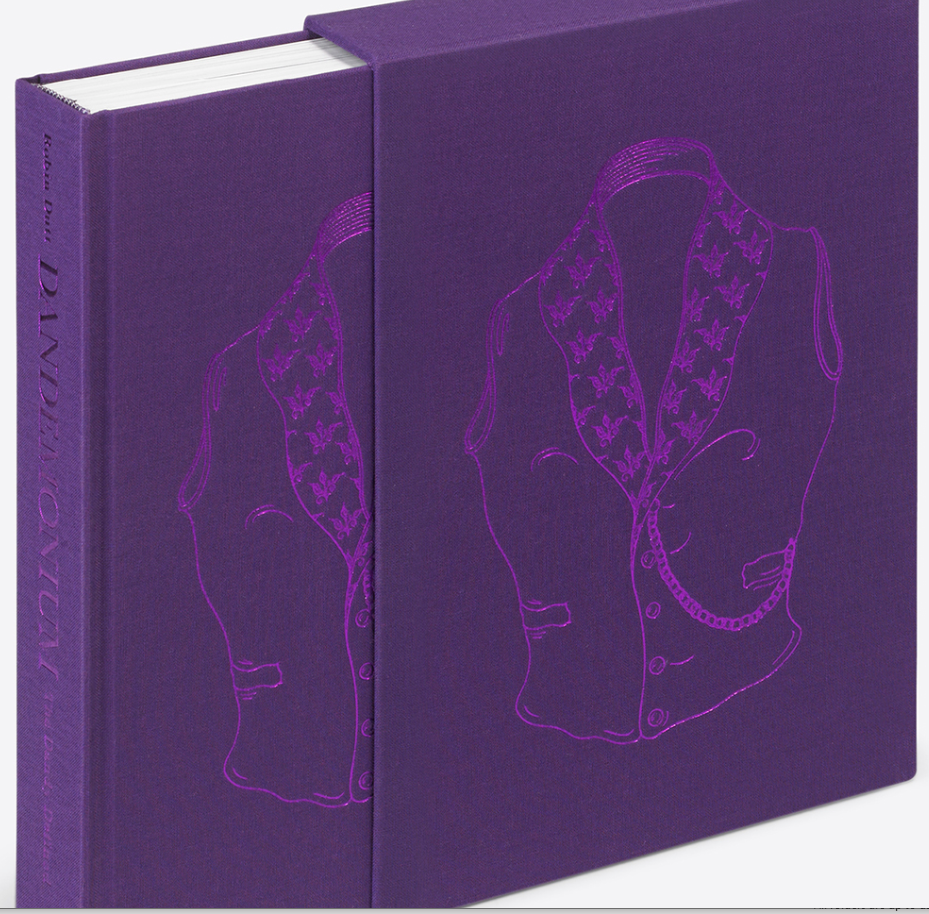
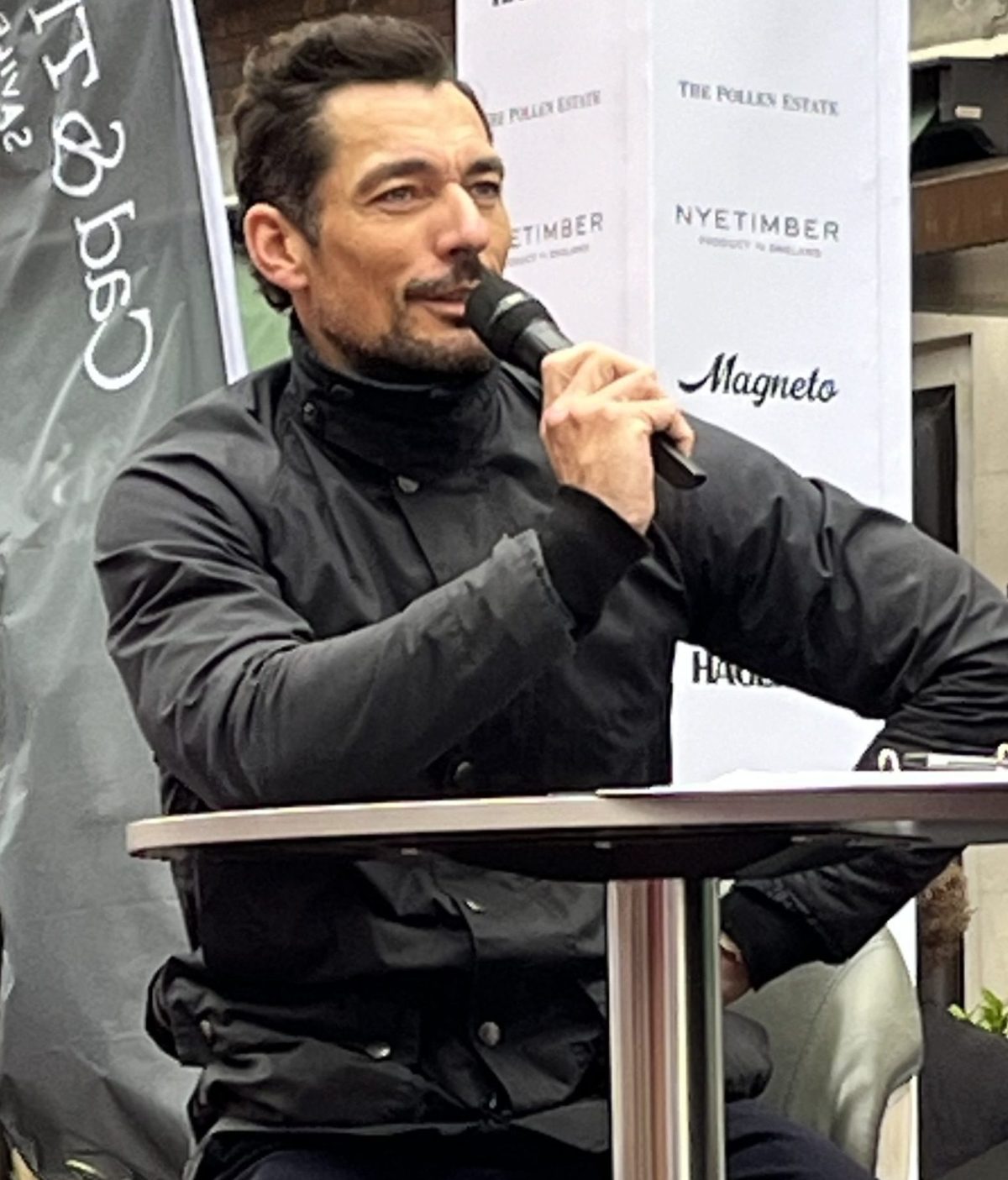
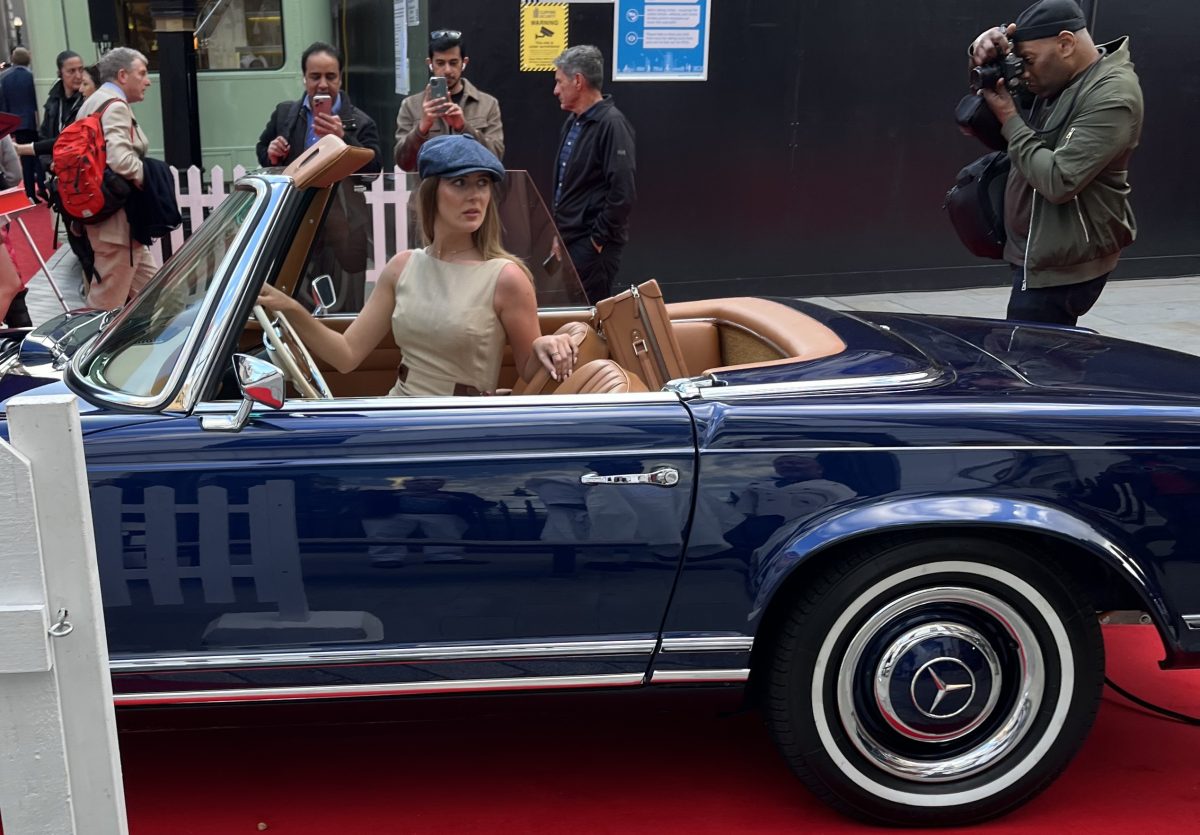
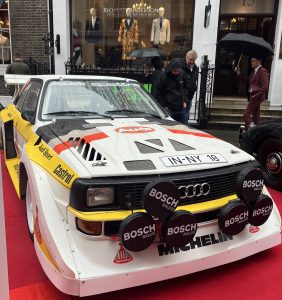
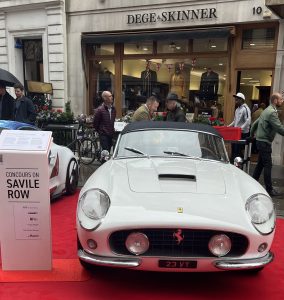
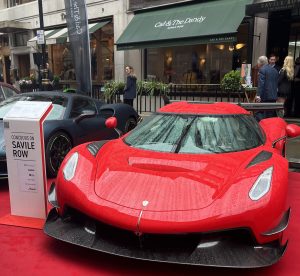
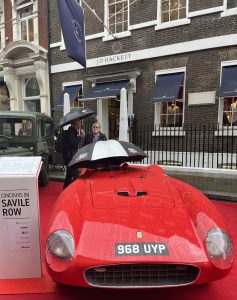
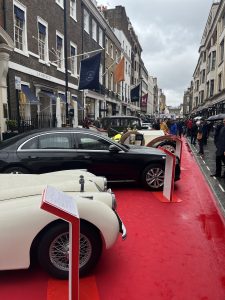
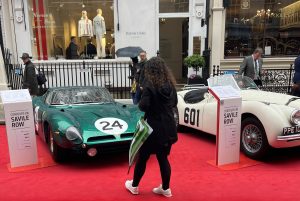

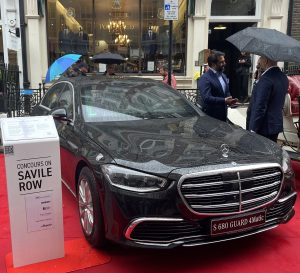
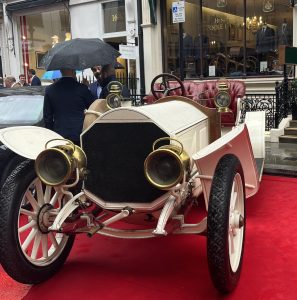

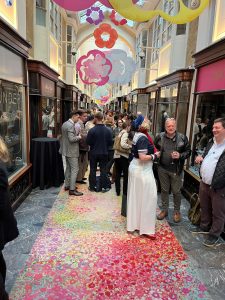
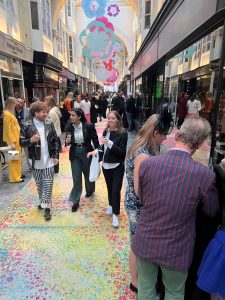
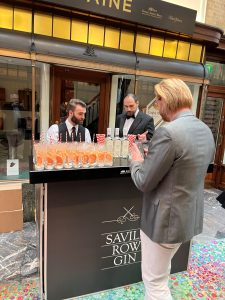
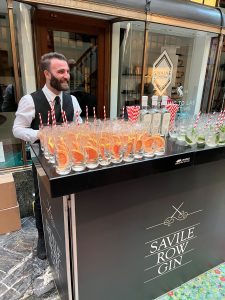

 Ms Brocklebank made the comments as Walpole published a report into the economic value of the UK’s luxury sector, which found the industry was now contributing £81bn a year, a 69 per cent increase over the past five years.
Ms Brocklebank made the comments as Walpole published a report into the economic value of the UK’s luxury sector, which found the industry was now contributing £81bn a year, a 69 per cent increase over the past five years.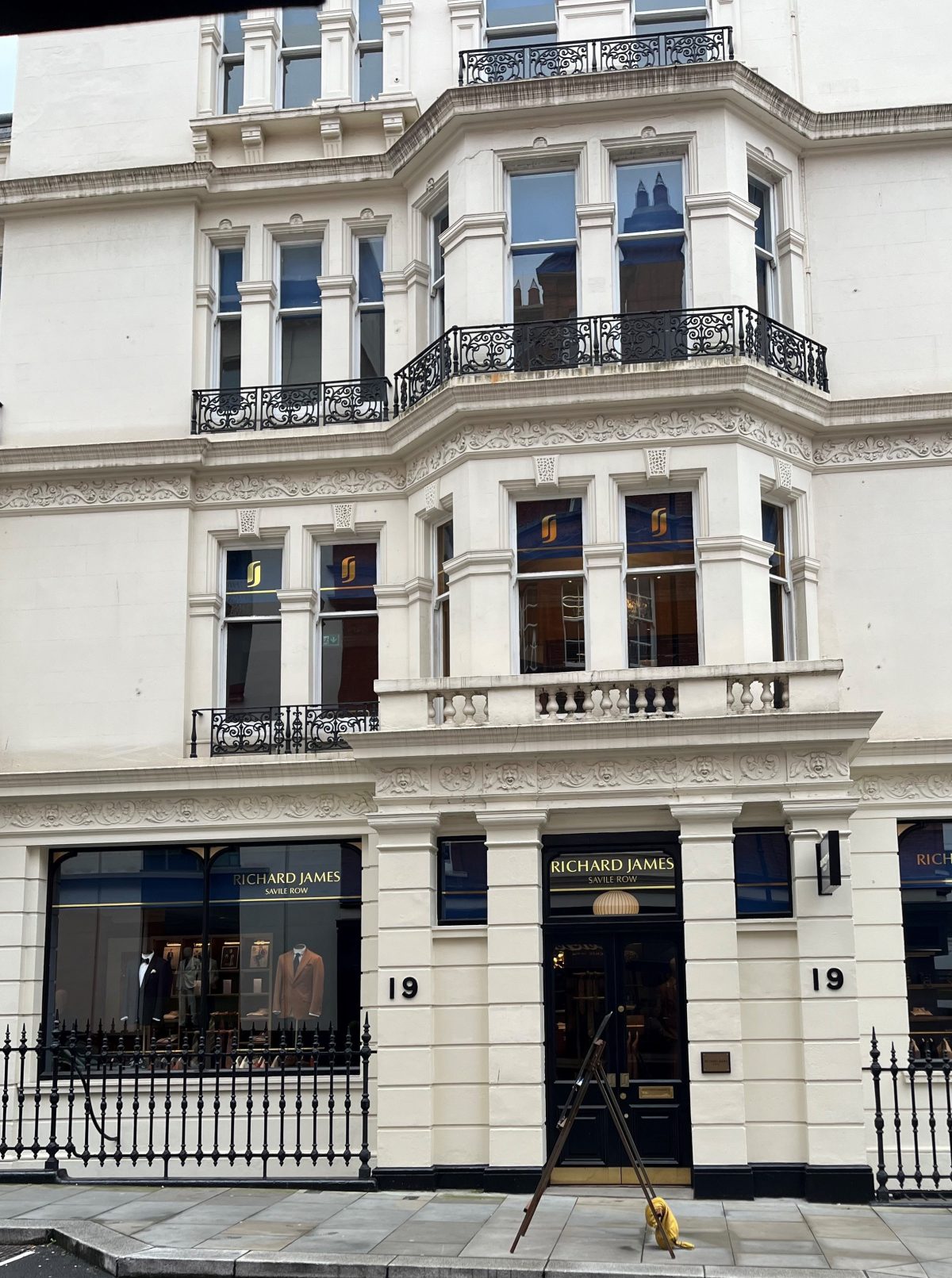
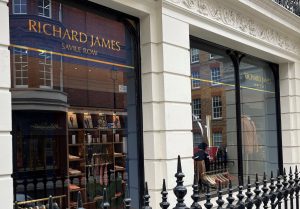 The work was led by international interior designer David Thomas who said: “I felt strongly about respecting the building’s exterior architecture – the only all-white building on Clifford Street – and bringing back the interior to its former glory. Restoring the original details, whilst adding elements of modernity.”
The work was led by international interior designer David Thomas who said: “I felt strongly about respecting the building’s exterior architecture – the only all-white building on Clifford Street – and bringing back the interior to its former glory. Restoring the original details, whilst adding elements of modernity.”